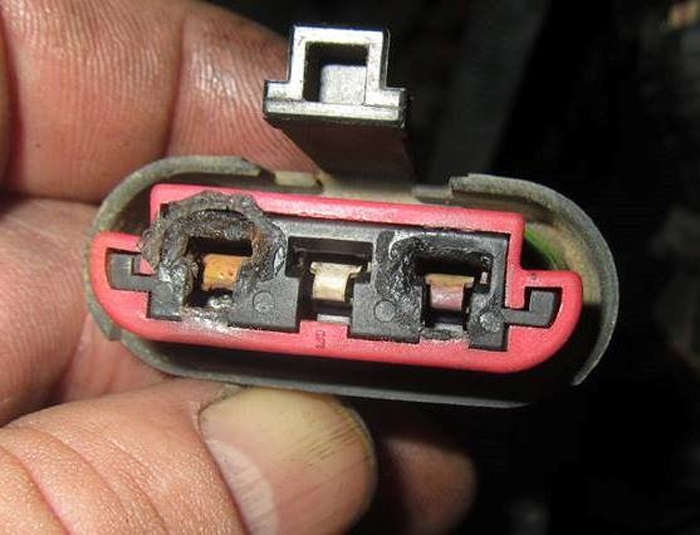Is your engine’s radiator fan not spinning when it’s supposed to cool your vehicle’s engine? Don’t go shopping for a replacement cooling fan yet. The issue might not lie with the fan but with another part that supplies it with power or sends the activation signal. Fortunately, you can run a test on the radiator fan to determine if the part has a problem or not.
Testing Methods For the Radiator Fans

There are a few methods to test the radiator fan, with varying effectiveness. You can use the car battery to test the cooling fan for issues. You can also check the fan’s commutator for open circuits. If it stops on a “dark” spot, the fan won’t run then and the problem will be intermittent.
Another method is to use a multimeter, but it’s not recommended because of the amount of current a fan circuit carries.
How to Test Radiator Fan with the Car Battery

You can use the car battery to check the radiator fan. Hook up the cooling fan to the battery with jumper wires. This method lets you bypass other parts of the circuit that might affect the connection, allowing you to concentrate on the fan.
Observe the radiator fan after you connect it to the car battery. If it starts to spin immediately and steadily without making any strange noises, then it’s probably fine. The issue probably lies with other parts, such as the fuses, relays, connectors, and wires.
Pro Tip: With a light connected in series, you can find intermittent fan issues. This is very common.
Should You Test the Radiator Fan With a Multimeter?
A multimeter is a versatile tool that can test various electrical devices for problems, but when you’re checking a circuit that carries as much current as a fan, using a multimeter is a waste of time in most cases. But if you want to try this anyway, here are some tips that could help.
Tips for Testing a Radiator with a Multimeter (Not Recommended)
Prepare the Engine Before the Test
Begin the test with the engine off and the key off. The fan runs all the time with the A/C on, but if the A/C isn’t on, it only runs when the engine reaches temperature. Some platforms will have two fans side by side. Older Jeep Cherokees have an electric fan and a belt driven fan; there are various different configurations.
Start the engine. Alternatively, switch the ignition key to the ignition 2 (IG2) position. IG2 is the ignition switch’s driving position. The radiator fan should start running when the vehicle’s ignition is in the IG2 position if the A/C is on. Note that some systems will only engage the fan if the engine is running.
Locate the Fuse Box That Contains the Relay and the Fan Fuse
The fuse box contains the fuses that protect the vehicle’s electrical system. Its location varies between vehicle models. Some fuse boxes are located under the dashboard.
Other fuse boxes can be found in the engine bay under the car’s front hood, and some vehicles have fuse panels under the back seat or in the trunk.
Pro Tip: Some will have as many as four fuse panels and may have a fuse panel on both the driver side and passenger side of the instrument panel. But the cooling fan relay is just about always under the hood in the power distribution center fuse panel. Some vehicles (like Crown Victorias) will have a “high current relay center” that only has a couple of relays, one being the fan relay.
Depending on its location, the fuse box might have a different connection point for the multimeter. We’ll cover the differences in greater detail later.
Check the Right Fuses
The multimeter method measures the voltage of the specific fuse that protects the radiator fan circuit, but note that this information is useless when you consider that voltage without current flow can’t do any real work. If you use your multimeter in series with the fan, you’ll blow the fuse in your meter, so don’t try this.

You can save yourself time, labor costs, and potential repair costs by testing the radiator fan yourself. Get the right data that you need to make an informed decision.
Any information provided on this Website is for informational purposes only and is not intended to replace consultation with a professional mechanic. The accuracy and timeliness of the information may change from the time of publication.
































